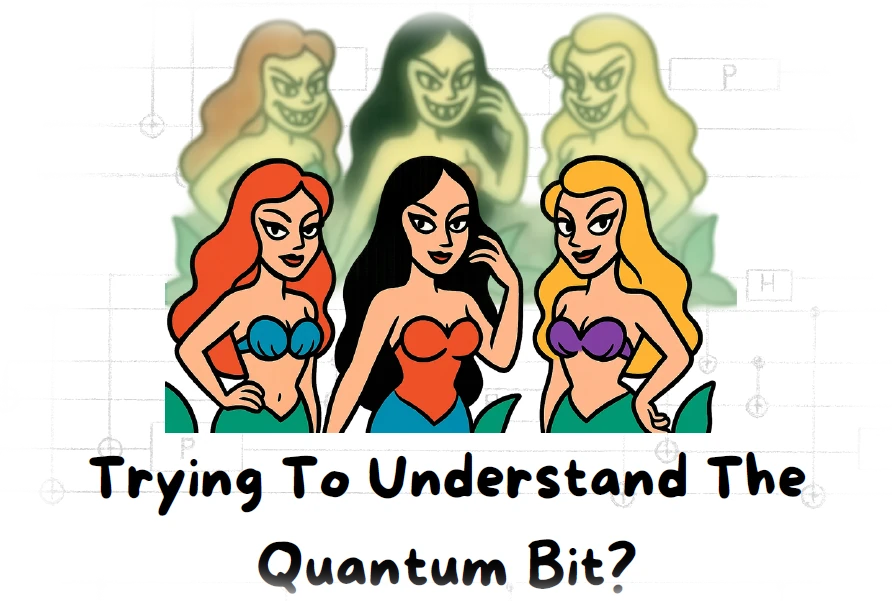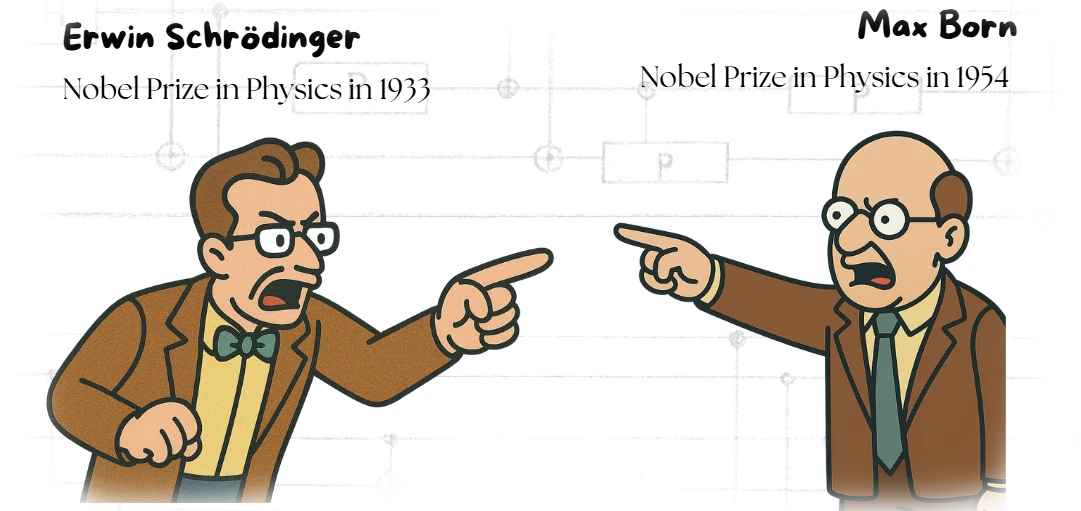The Qubit and its Probabilistic NatureWhat is the qubit? It is not like a classical bit that is in multiple states at the same time. There's a much better analogySeptember 30, 2025
Dear Quantum Machine Learner,
Quantum computing is different. In most fields, when you explore a topic, you learn something new, check it off your list, and move on. With quantum computing, you don't check anything off because there are no real answers but only cross-references. Moreover, every topic you explore seems to raise three more questions.

This time, I wanted to explain why it is best to think of quantum computing as probabilistic systems, such as qubits. I assumed this would be easy: the evidence is clear and the conclusions are consistent across all textbooks.
Today's post is accompanied by a PDF file summarizing the key points.
But equations always tempt me to ask, Why? Why should this be true? The answers are usually hidden in further equations. Complex equations. But ultimately they can be traced back to linear algebra.
This curiosity prompted me to investigate why quantum systems are probabilistic in the first place. The trail begins with bold postulates and dense formulas that often remain unexplained. As I followed them, I found their roots in nothing more exotic than the Pythagorean theorem and the binomial expansion. High school mathematics, linked by the work of several Nobel Prize winners.
The conclusion: That quantum systems are probabilistic is a postulate. An assumption. There is no definitive proof of this, but the empirical evidence is overwhelming. In the 1920s, Born, Schrödinger, and Einstein agreed on the mathematics but not on the interpretation. They debated whether nature could be probabilistic at all.

Want to learn more about the discovery of the probabilistic nature?
This resulted in more than expected: a full blog post and two visual PDF summaries. They contain more mathematics (and some physics) than I originally planned, but I've broken them down into smaller steps to make them easier to understand. Or easier to skip if you prefer.
Enjoy the post on What Is A Qubit
—Frank ZickertAuthor of PyQML